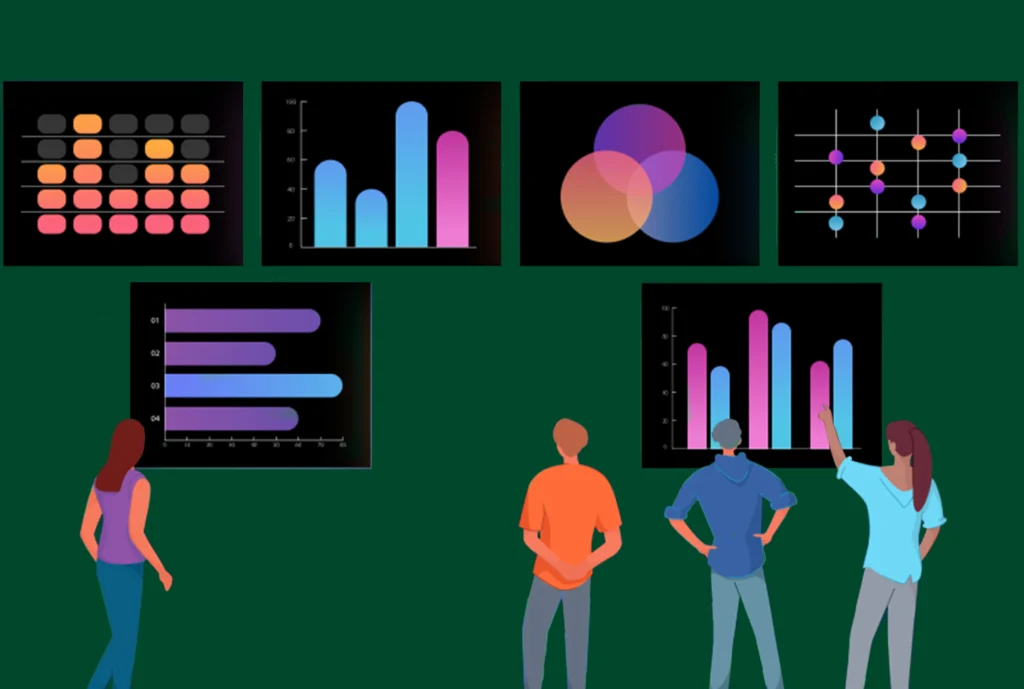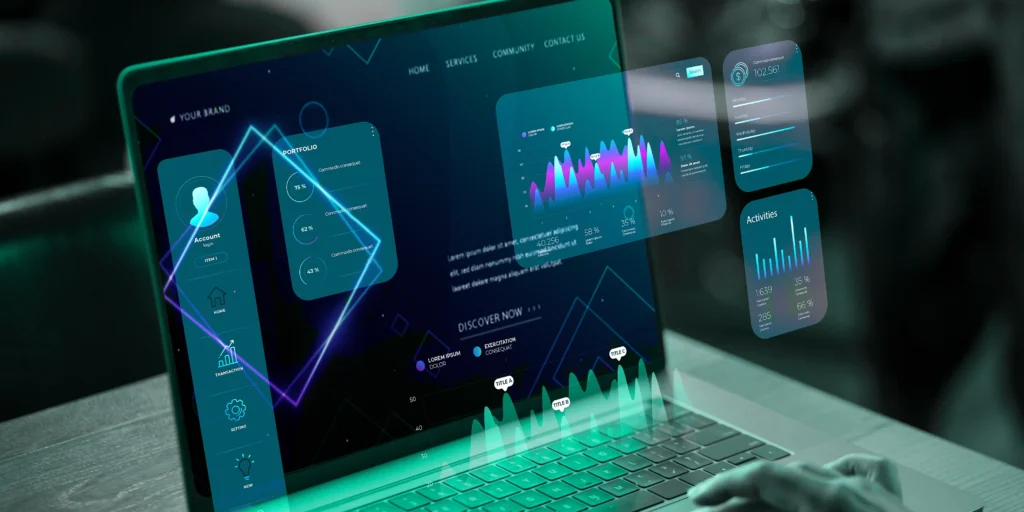Observability tools are important for modern IT operations because they provide useful data about the functionality and performance of systems and apps. These technologies provide an advanced level of understanding and troubleshooting skills that are beyond the capabilities of typical monitoring solutions.
Introduction to Observability Tools
IT departments can ensure the smooth running of essential infrastructure by actively identifying and resolving issues before they affect end users by using observability tools. By providing businesses with real-time visibility over the whole infrastructure, these solutions make it possible to identify problems and performance issues quickly.

Observability tools play an important role in IT operations management in today’s dynamic IT environments, where applications are spread across multiple platforms and technologies. They help to improve system reliability overall, time reduction, and troubleshooting efficiency.
Observability tools provide complete data that help IT teams make informed decisions and maximize system performance, including monitoring network traffic to assessing application logs. Organizations can improve their operational efficiency and provide users with smooth digital experiences by using these innovative solutions.
The Key Components of Effective Observability Tools
For accurate knowledge about the condition and efficiency of their systems, businesses, and organizations need to have the key elements of good observability tools. As a group, these technologies provide an in-depth view of the whole system, making it possible to identify and resolve problems quickly.
1. Monitoring Software: This component keeps a constant watch on many variables, including application behaviour, resource usage, and system performance. By collecting real-time data from many sources, it provides the basis for observability tools.
2. Data Visualization Tools: These are important tools for turning unprocessed data into informative graphs, charts, and dashboards. They give complicated data sets a visual representation, which improves users’ ability to see trends or irregularities.
As a team, these components include observability tools that allow businesses to effectively optimize performance, troubleshoot issues more quickly, and monitor systems actively. By the efficient utilization of these tools, companies can ensure continuous operations and provide outstanding user experiences.
3. Log Management Solutions: Logs are necessary for understanding system events and recognizing possible problems. Log management solutions help the effective search, filtering, and analysis of logs by organizing log data from many sources.
Top 5
Tools Transforming the Monitoring Landscape
With its capacity to provide important information about the functionality and current condition of software programs, observability technologies have become important in today’s dynamic digital environment. Now let’s analyse the top 5 observability tools of 2024 that are completely changing the monitoring scene:
1. Prometheus: One of the best open-source tools for reporting and monitoring, Prometheus is excellent at collecting data from a variety of services and systems. Because of its strong data model and query language, many companies looking for reliable monitoring solutions choose it first.
5. Dynatrace: a company well-known for its AI-driven observability methodology, provides real-time application performance analytics and automatic full-stack monitoring. With its innovative monitoring tools, businesses can maximize user experiences and proactively identify problems.
4. New Relic: By collecting real-time monitoring data, New Relic’s cloud-based observability tool provides end-to-end visibility into complex structures. To make sure that applications run as efficiently as possible, it provides active alerting and advanced troubleshooting tools.
3. Datadog: Known for its wide interfaces with third-party services and user-friendly interface, Datadog provides a full platform for monitoring apps, infrastructure, and logs. Its AI-powered features help in identifying problems and system performance optimization.
2. Grafana: A popular observability tool that easily interfaces with a variety of data sources, Grafana is known for its attractive dashboards and sophisticated analytics features. It helps customers to design customized visualizations that provide a deep understanding of the operation of their systems.
FAQS
A tool for tracking and analysing the behaviour and performance of complicated structures, like infrastructure or software programs, is called observability software. To properly analyse and resolve problems, it provides information on system health, performance indicators, and real-time data.
Observability is the ability to collect and analyse data from multiple sources to understand and troubleshoot complicated systems. On the other hand, monitoring involves tracking and evaluating the health and performance of systems using specific criteria. Observability goes beyond typical monitoring to provide more details about system activity.
Yes, Observability technologies are commonly utilized to collect and analyse data. By collecting and analysing data like latency, errors, and efficiency, they provide an understanding of the behaviour and performance of systems, helping better understand and troubleshoot complex networks.
Conclusion
To sum up, businesses that want to achieve performance excellence and maintain system reliability in an increasingly digital environment must invest in observability tools. With effective use of these powerful tools, businesses can encourage creativity, maximize efficiency, and maintain their market position.
